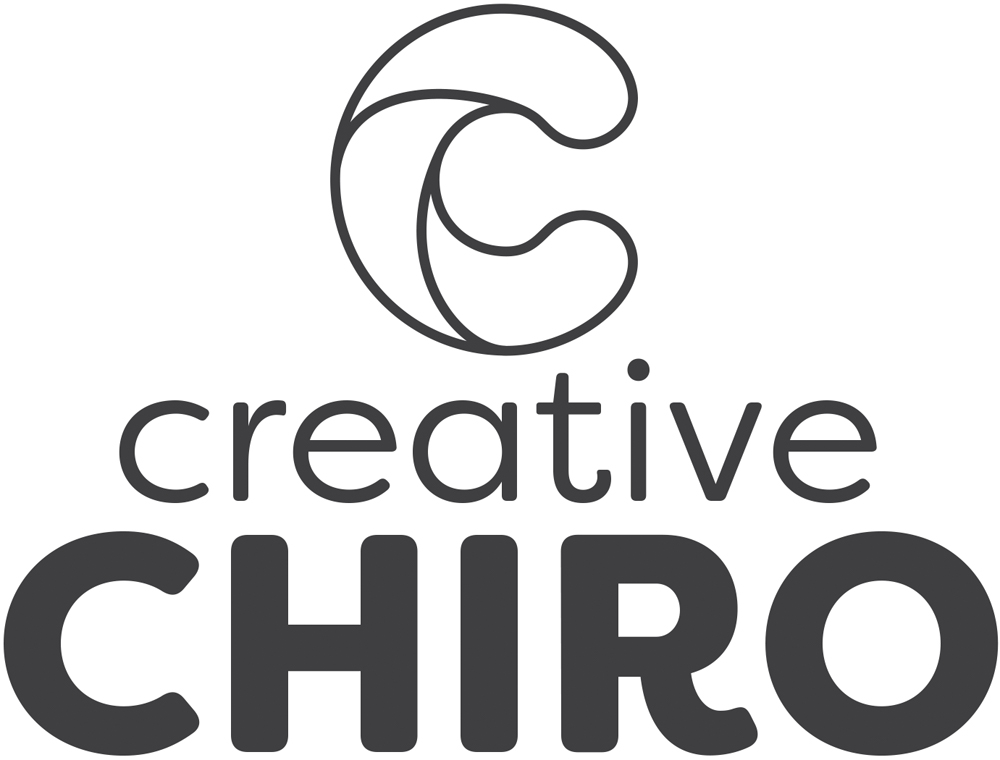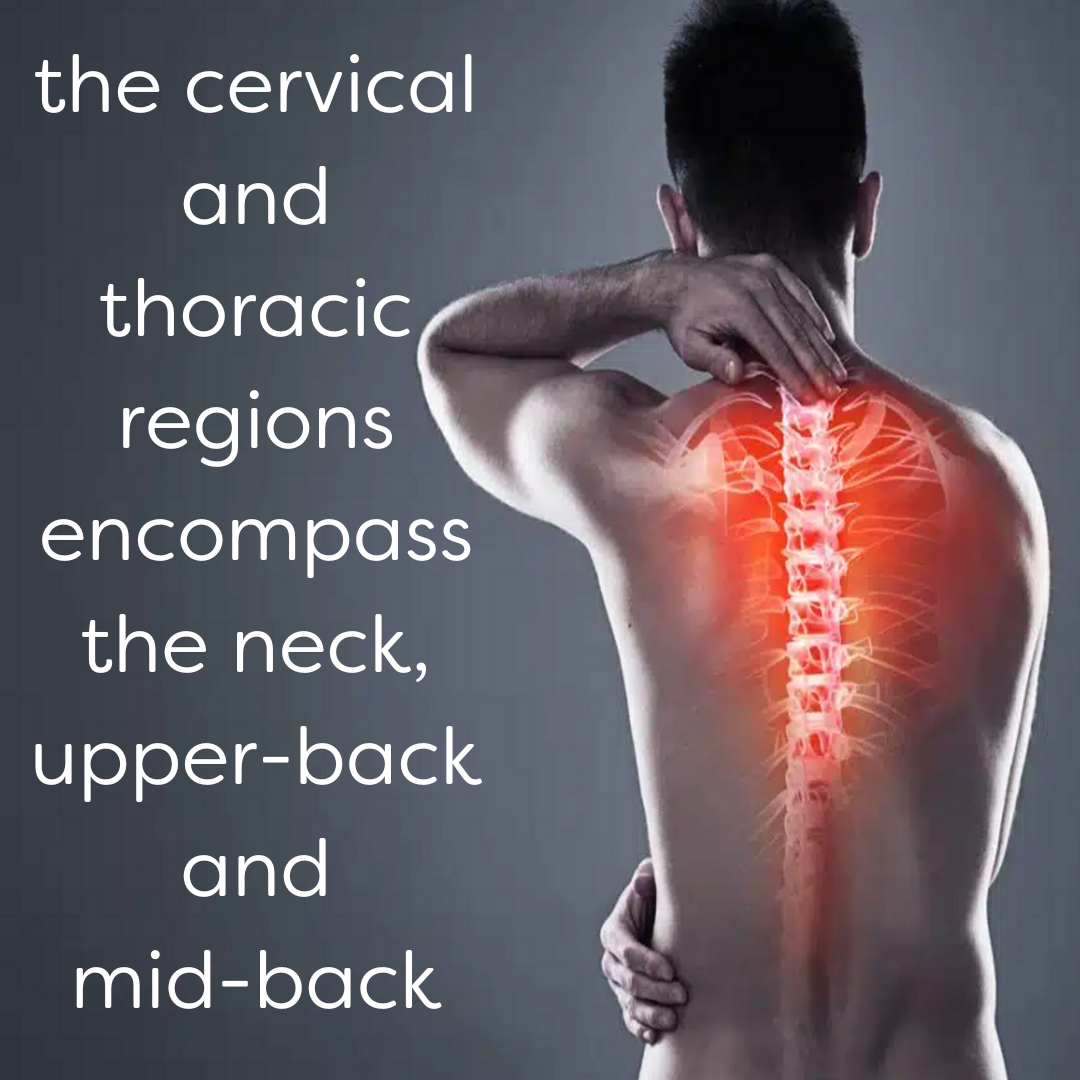Concussion: Is it all in the head?
When we hear the word ‘concussion’, most people think about someone receiving a serious blow to the head and thereafter displaying symptoms such as disorientation, slurred speech or memory loss.
Well, this is only partially correct. A concussion can occur when there is a direct blow to any part of the body, not just the head and neck. The symptoms can take minutes to present themselves or, in some instances, may take a few hours or even days before becoming evident.
What is a concussion?
A concussion is a mild, traumatic brain injury that occurs when there is acceleration, deceleration or stretching of the nerve fibres in the brain, following an impact to the body. The brain is comprised of white and grey matter. These are fairly jelly-like in nature, and have different densities. So, when the blow to the body occurs, the white and grey matter “wobbles” at different speeds, causing the nerve fibres to be stretched unevenly.
Most concussion trauma occurs in the white matter. This part of the brain is responsible for the communication between all other parts of the brain. There is no structural change to the brain, so a brain scan would not show a concussion. After a concussion, doctors may use these scans for other purposes, for example looking for a brain bleed.
What are the symptoms of concussion?
Most symptoms of concussion occur within 72 hours of the injury. These can include loss of consciousness, dizziness, slurred speech, vomiting, blurred vision, light and noise sensitivity, changes in mental status, co-ordination or balance issues, changes in sleep patterns, altered mood, seizures, and neurological changes.
At Creative Chiro, the chiropractors keep up to date with the latest developments in concussion. Your practitioner would assess you after taking a comprehensive history, followed by a physical examination, which would include:
Memory recall
Concentration assessment
Vital signs
Neurological and orthopaedic tests
Cervical spine assessment
Gait and balance assessment
A sleep screen
These comprehensive tests allow us to determine the severity of your concussion, how to proceed in terms of your treatment, and to gauge when you can return to work, school or playing sports.
In recent years, there have been many rule changes, especially in the school arena, to protect young people. For example, the mandatory use of mouthguards, which decreases the risk of concussion by 28% if made correctly for each player. There has also been a change in the amount of contact allowed in training, and a mandatory removal from play if a player is deemed to have suffered a concussion.
If the player on the field has a loss of consciousness, is vomiting, has neck pain, double vision, or a general deterioration of mental state, they should be sent to A&E for further examination. Medical clearance from a qualified practitioner is required before a player can return to play. It is also imperative that players involved in contact sports have pre-season baseline tests so that practitioners can then determine any changes following a concussion. Unfortunately, these tests are not as accurate or useful in the younger athlete.
How we can help after a concussion
In a recent case, a patient presented to Creative Chiro with recurrent headaches following a fall while walking in the woods. He stated that he had been feeling “off kilter” for a few months and had experienced the odd dizzy spell and hadn’t been sleeping well either. On further questioning, the patient recalled a minor fender-bender three months prior to his fall, as well as a bump to the head a week or so later.
On examination, he was found to have numerous cervical and thoracic joint dysfunctions as well as extensive muscle spasm in the same regions.
His balance, memory recall, and concentration levels were notably deficient. He was neurologically and orthopaedically sound. A specific treatment plan to improve his spinal function, as well as his balance and memory issues, was developed. Over the next 2-3 months, his symptoms slowly diminished, and he started to feel more like himself. He is now back to his exercise regime, sleeping well, and can perform at his usual level during the working day.
Myths around concussion
Most people are told to rest completely following a concussion. However, total rest from daily activities is not actually beneficial. Even screen time does not need to be eliminated completely, merely reduced for the first few days. It is, of course, imperative that any activity does not increase the patient’s symptoms, so just proceed with caution.
Early walking is actually beneficial within the first 2 days. According to the latest research, gentle walking that does not aggravate or exacerbate any of a patient’s symptoms has been shown to aid the patient’s recovery. If, however, the symptoms do increase, cut back on the frequency, intensity and length of exercise until no increase in symptoms is noted.
Recent studies have shown that there is a 50% reduction in incidence of persistent concussion symptoms in those individuals who engage in mild* exercise a few days following a concussion (*at less than 55% of max heart rate). So, gentle aerobic exercise is advised at 2-10 days following a concussion. A check is recommended at 4-5 days, with the patient running gently on a treadmill, if available. If the patient has an increase in symptoms, they should immediately decrease the activity level again.
Persistent concussion symptoms are not necessarily due to continued brain injury. These patients should be referred for rehabilitation or re-assessment to determine the cause of their on-going symptoms.
Symptom-free does not always mean that the patient can return to play/school/work. Each patient is assessed individually and is medically cleared for return to full participation when appropriate.
Recovery times for concussion
Return to sport may take up to one month following a concussion, and even longer for contact sports.
Students need to be fully back to school with no increase in any symptoms before being allowed to return to sport. Always check with your practitioner as each case is unique, especially in our younger patients.
There is no extra risk of long-term cognitive impairment or neurological disorders in individuals who have had a single concussion. However, nobody can say how many concussions is too many in order to continue with or quit a sport. Each individual is assessed differently. Generally speaking, if the player is getting concussed more easily, more frequently, or suffers more symptoms for longer periods of time, the player should consider reducing contact sport or quit playing that particular sport.
However, second impact syndrome is important in the context of timeframe. It is not necessarily about the number of symptoms that a patient has with their concussion. What is much more important is the time between concussions. If a patient has fully recovered from a concussion (usually around 21-30 days) and then receives another concussion, there is no cumulative effect. Unfortunately, if the patient has not fully recovered from the first concussion, there is a dramatic additional impact with full recovery taking up to 120 days after the 2nd concussion. It is still not known how long full recovery would take in patients with 3 or more concussions. The most vulnerable time in a patient’s recovery is at the 10 to 15-day mark, as the symptoms start to resolve, and they are most likely to be sent back to play. It is for this very reason that patients should be medically cleared for return to play/school/work, as outlined below.
In conclusion
When it comes to concussion, each case is unique. Always consult a practitioner if you experience any of the symptoms mentioned earlier in the article. Do not ignore them. As you recover, early exercise is important, but only at an appropriate level. Early return to play, especially in the younger person, and at the wrong time, can be problematic and cause persistent symptoms.
With regards to returning to work or school, it is imperative that this is done appropriately and in accordance with the patient’s symptoms. Each case should be assessed individually, with the patient returning to work or school only when their symptoms have resolved. Using a phased in approach, the patient only works or goes to school for a portion of the day and if there is any recurrence of symptoms they should adjust their hours accordingly. Sports should only be added to daily activities once the patient has returned to normal activities with no return of concussion symptoms to ensure a safe recovery. If in doubt, always consult a medical professional.




